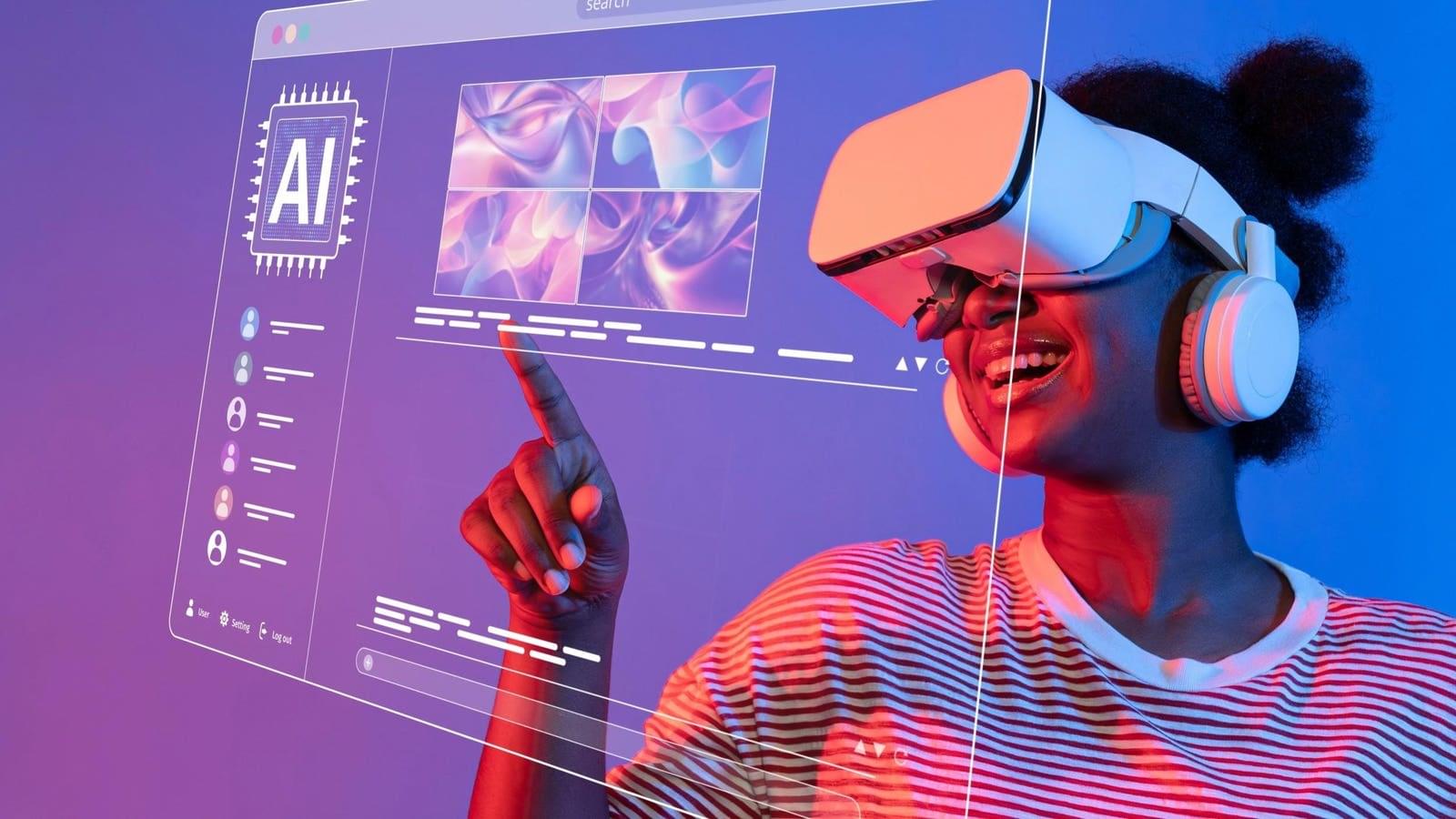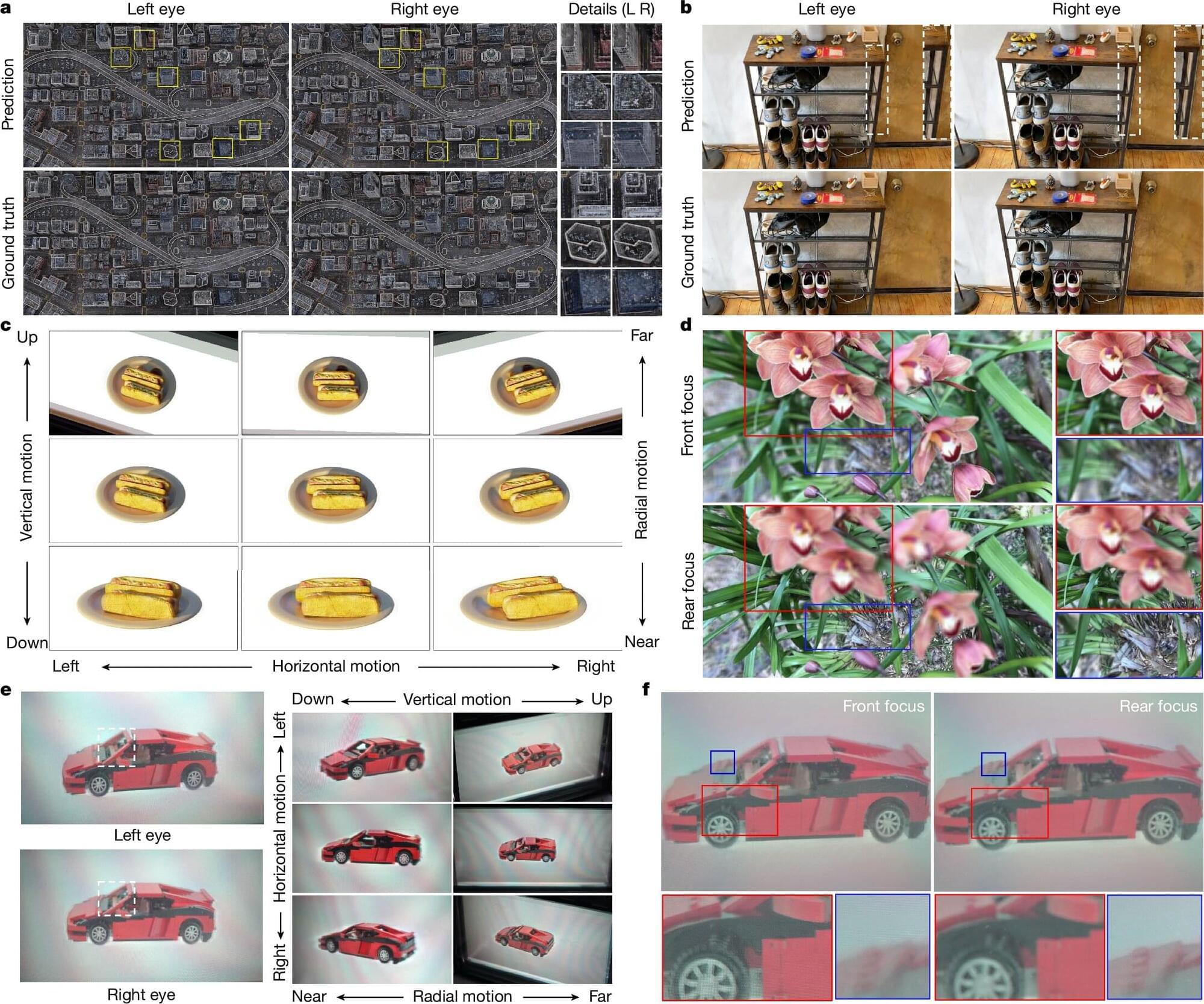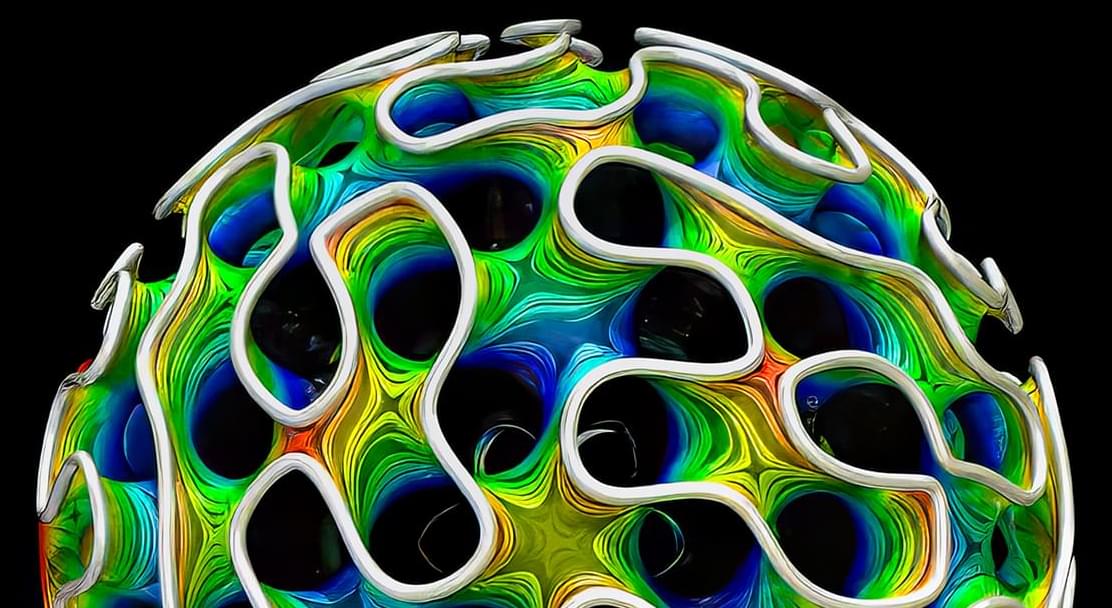It would take nearly a century for mathematicians to prove him right. In the early 1930s, Jesse Douglas and Tibor Radó independently showed that the answer to the “Plateau problem” is yes: For any closed curve (your wire frame) in three-dimensional space, you can always find a minimizing two-dimensional surface (your soap film) that has the same boundary. The proof later earned Douglas the first-ever Fields Medal.
Since then, mathematicians have expanded on the Plateau problem in hopes of learning more about minimizing surfaces. These surfaces appear throughout math and science — in proofs of important conjectures in geometry and topology, in the study of cells and black holes, and even in the design of biomolecules. “They’re very beautiful objects to study,” said Otis Chodosh (opens a new tab) of Stanford University. “Very natural, appealing and intriguing.”
Mathematicians now know that Plateau’s prediction is categorically true up through dimension seven. But in higher dimensions, there’s a caveat: The minimizing surfaces that form might not always be nice and smooth, like the disk or hourglass. Instead, they might fold, pinch or intersect themselves in places, forming what are known as singularities. When minimizing surfaces have singularities, it becomes much harder to understand and work with them.




